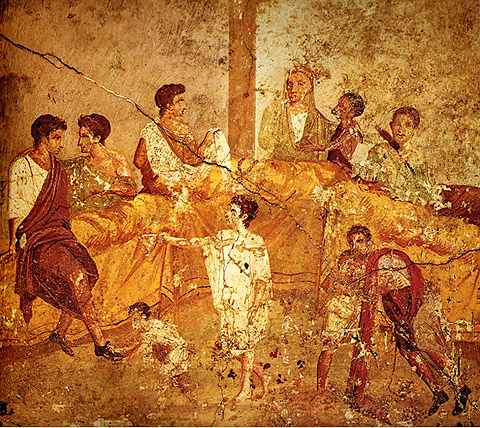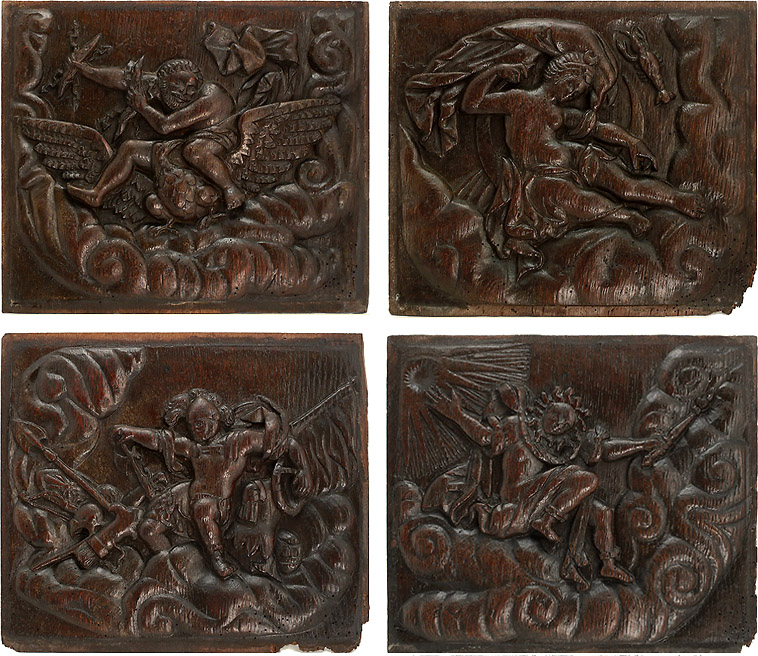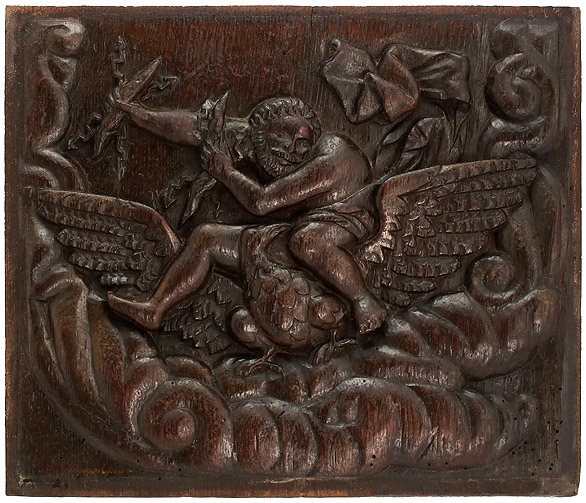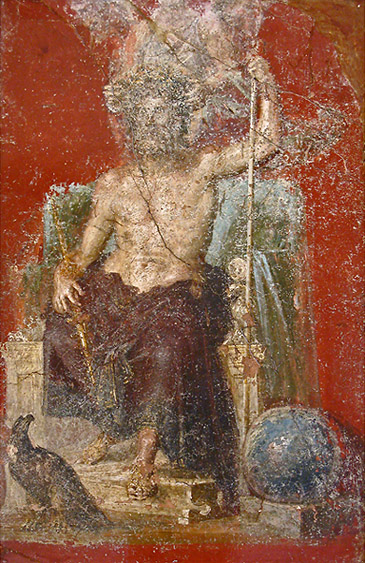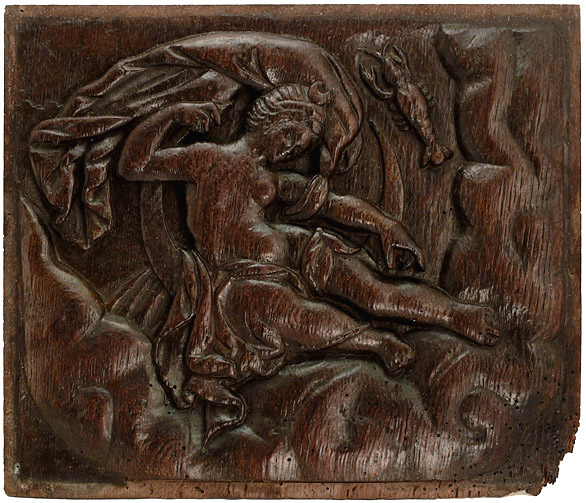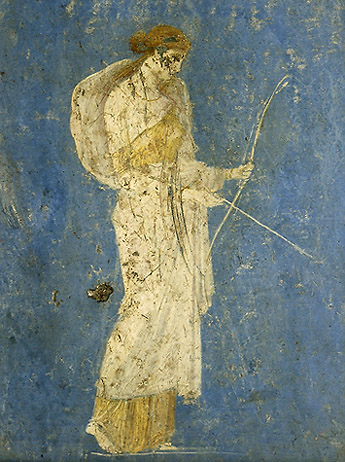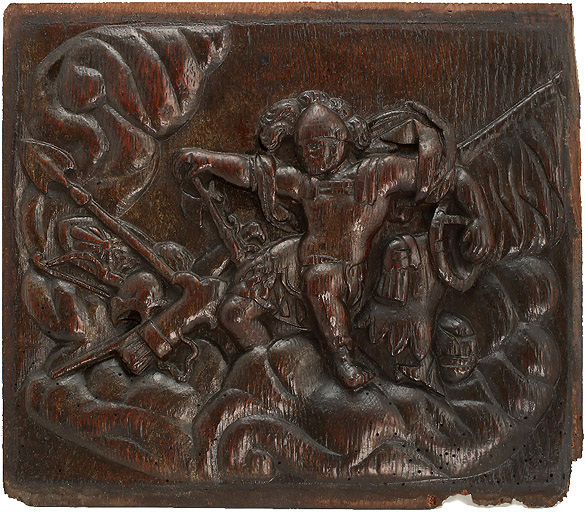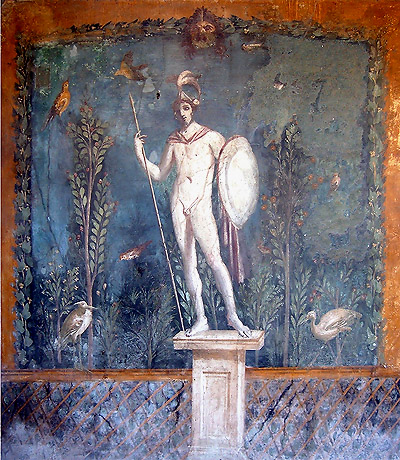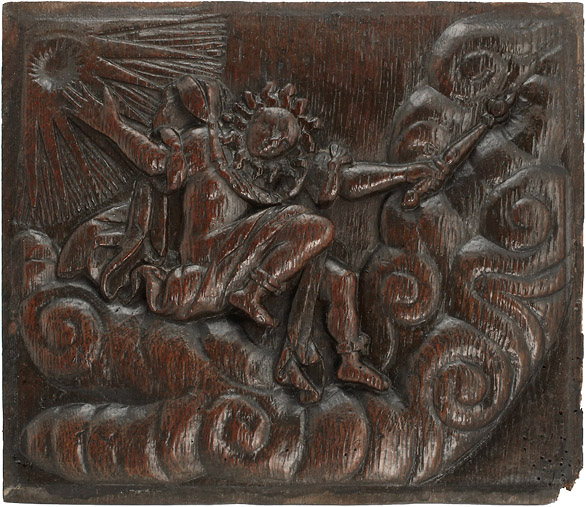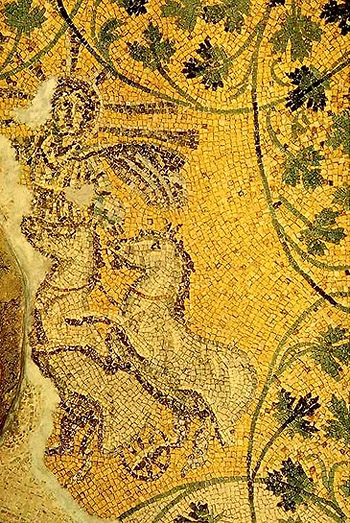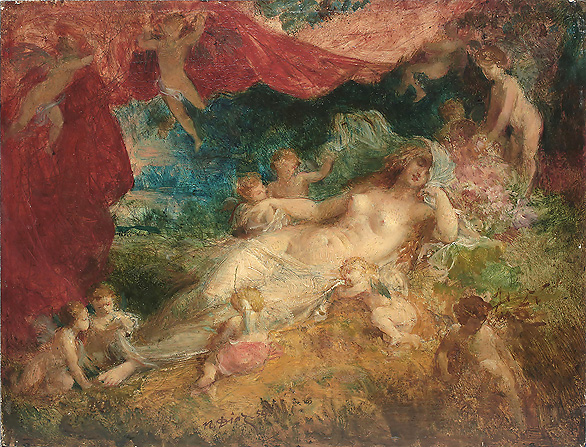M. FORD CREECH ANTIQUES & FINE ARTS
A FEW ROMAN GODS - & GODDESSES : JUPITER, DIANA, MARS, SOL, & VENUS
|
|
Most recently, in this year of 2018, we have greatly celebrated and venerated the 'attributes' of the recent 'Royal Wedding' - and the remarkable 'Rockefeller Collection'. About 2000 years ago - in cities of the Italian peninsula - the subjects for veneration and festivities would likely have been Roman Gods and Goddesses -- and their 'attributes'. In fact, historians write that the Romans' great number of Deities necessitated a festival almost every night! Below a Pompeian family prepares for just such a celebration.
Among the more prominent of these celebrated Roman Deities were :
Jupiter - God of the sky & thunder, & king of the gods Diana - Goddess of the moon & the hunt Mars - God of war, spring, growth in nature, & fertility Sol - God of the sun
And it so happens, currently residing with us is a very fine set of 17th century representations : Jupiter, Diana, Mars and Sol - depicted with their 'attributes' - still greatly venerated - magnificently depicted and carved from oak - about 1600 years later That is ... about 400 years ago ... give or take a little. We would like tell you a few 'facts' (using the word loosely) of interest about each. You may also click on the title or images of each for additional images.
|
|
|
|
JUPITER : God of the sky & thunder, & king of the gods With a beard and long hair, seated atop a winged eagle and grasping in each hand a lightning (and / or thunder) bolt - all his 'attributes', above scrolling clouds. Also known as 'Jove', Jupiter is associated with Thursday, and celebrated in April.
Originating as a sky god, Jupiter is not only god of the sky and thunder, but in ancient Roman myth, absolute king of the gods. Jupiter further personified the divine authority of Rome's empire. He was regarded 'fount of the auspices' upon which the relationship between Rome and the gods rested. The Romans believed that Jupiter granted them supremacy, as they had honored him more than any others. He remained the chief deity of Roman state religion until Christianity became the prominent religion. Jupiter is shown below in a fresco from Pompeii, c50 AD.
|
|
|
|
DIANA : Goddess of the moon & the hunt The draped figure resting on a crescent moon and having a crescent atop her head, the upper right with a scorpion*, all as well above scrolling clouds. August is the month of a special celebration for Diana. (*The scorpion often shown with Diana as a defense attribute) In ancient Roman religion and myth, Diana, the daughter of Jupiter, was the divine embodiment of the Hunt and the Moon, as well as guardian of wild animals, childbirth, children, and even associated with fertility. She was worshipped at both the new and full moons, her special festival being in August. Diana was usually represented as a woman with the moon (often in crescent form) on her head. She is often presented as the female complement of the Sun (Sol) and conceived of as a god. Diana appears below with her bow and arrow, in a fresco housed in the Naples Archeological Museum.
|
|
|
|
MARS : God of war, spring, growth in nature, & fertility The helmeted figure wearing a breastplate and leaning on a flag sided by a sword and spear, a quiver of arrows, his sacred shield, and other unidentified attributes, all above scrolling clouds. Mars is associated with Tuesday, and celebrated in March. Mars, as god of war, was one of the most prominent and worshipped gods. He was second in importance only to Jupiter, and regarded as the father of Romulus and Remus. Early in Roman culture, he had been a god of Spring, growth in nature, and fertility, as well as the protector of cattle. Mars also represented military power as a 'way of achieving peace'. Mars is usually portrayed as a warrior in full battle armor, wearing a crested helmet and bearing a shield. He is shown below in a fresco at the House of Venus, Pompeii, Italy, bare-chested, and with spear, helmet and shield only.
|
|
|
|
SOL INVICTUS : God of the sun His arms outstretched and holding a torch, his face depicted as a sun in splendor, and a radiant sun to the upper left; again all above a scrolling cloud support. Sol is associated with Sunday and December the month of celebration - at the 'Solstice' - with a special day coincidentally on December 25. The Roman cult to 'Sol Invictus'' begins with the early history of the city and continued through the institution of Christianity as the exclusive state religion. In 274 AD, Emperor Aurelian reintroduced the sun god / cult, and the 'Unconquered Sun' was elevated to the one of the premier divinities of the Empire. When Emperor Constantine (Constantine the Great) converted in 313 AD to Christianity, he retained the Sun God's elevated position, portraying, on his newly issued coins, himself as Sol Invictus, and placing on the verso the inscription 'Sol Invicto Comiti' : 'Committed to the Invincible Sun'. * Below Christ is shown as the radiant Sol in a mosaic from the tomb of Julii below St. Peters, Rome. * (Interesting to note here is the age-old practice of building of new religions - and celebrations - upon older existing ones, both in the coin, and in the above mosaic).
|
|
|
|
An Additional Roman Goddess Who Resides With Us : 'VENUS'! Venus, as we all know, represented love, beauty, desire, sex, fertility, prosperity and victory. She was also regarded as the mother of the Roman people through her son, Aeneas, who survived the fall of Troy and fled to Italy, thence becoming the ancestor of Remus and Romulus. Julius Caesar claimed her as his ancestor. Venus was central to many religious festivals, and revered in Roman religion under numerous cult titles. Her early festival took place on April 1 - being called the 'Veneralia'! She became even more important in 2nd century Rome, with new festivals in August and October, and a shrine on a famous hill in Rome. She was the mother of Cupid, and is often pictured with cherubs, a dolphin, escallop shells, roses, doves, pomegranates, pearls, and a mirror. Narcisse Virgile Diaz de la Peña (French 1808-1876) Oil on Panel over Pencil Signed Lower Center N. Diaz and dated 54 (Purchased as 'Attributed'; however absolutely correct) Exhibited : Exhibition of the French Masters, 1951, No. 18; Marlborough Fine Art, London
|
|
Legend for Above
Illustrations :
Photo: Sergey Sosnovskiy, CC BY-SA 4.0
Fresco
of a Statue of Mars, Pompeii, c79 AD, CC BY-NC-SA.
Vatican City, c250 AD, public domain 3.0
https://creativecommons.org/licenses/by-sa/4.0/legalcode https://creativecommons.org/licenses/by-nc-sa/3.0/legalcode
Inventory Photography : Millicent F. Creech
|
|
|
|
Please call or email should you wish additional information
901.761.1163 (gallery) or 901.827.4668 (cell)
Hours : Wed.-Sat. 11-6, or by appointment
mfcreech@bellsouth.net or mfordcreech@gmail.com
To receive our periodic email catalogs, please click here
|
|
|
|
Home
Accessories
Ceramics
Early Asian Ceramics
Fine Art Furniture
Glassware
Silver |
|
|
|
© Some images herein are licensed by Creative Commons, as referenced above. They appear here for your enjoyment only. Please do not reproduce without specific written permission.
A Few Roman Gods - & Goddesses; M. Ford Creech Antiques
|
